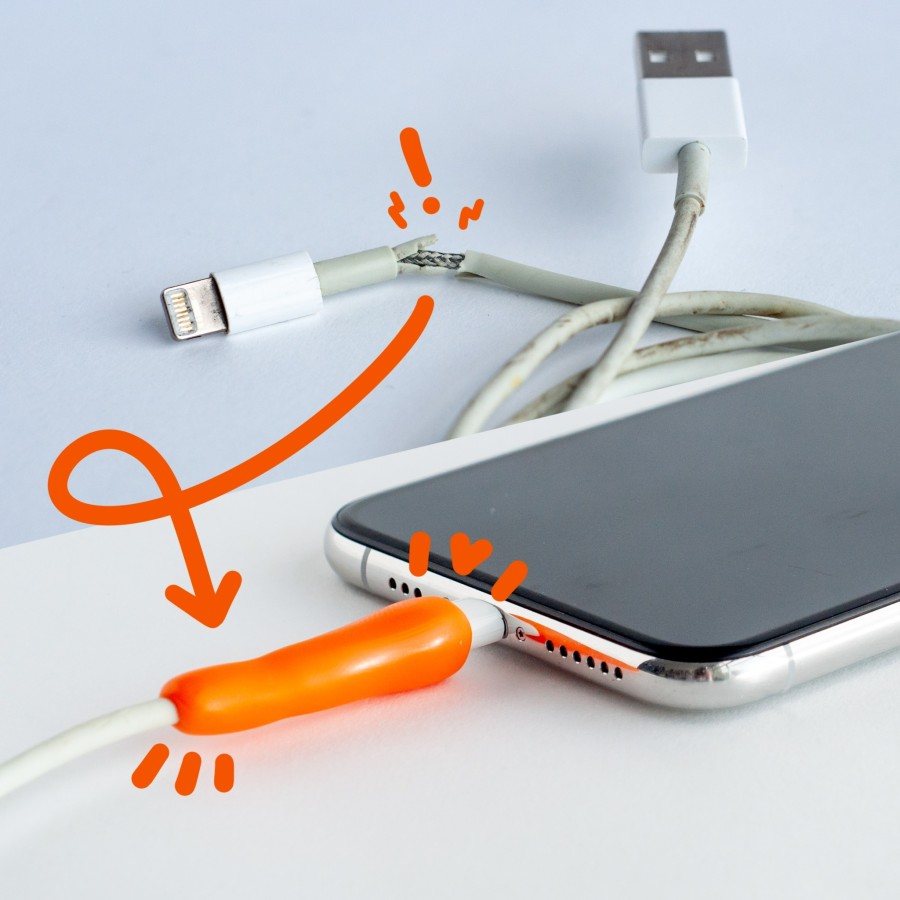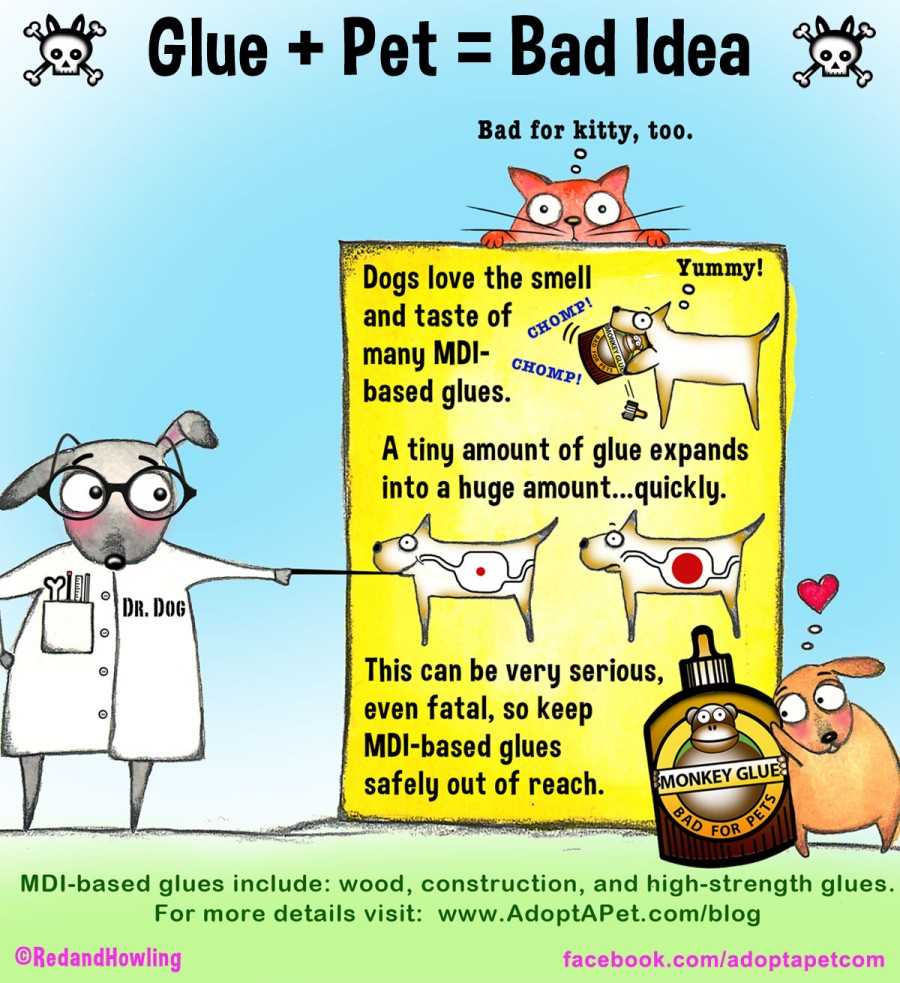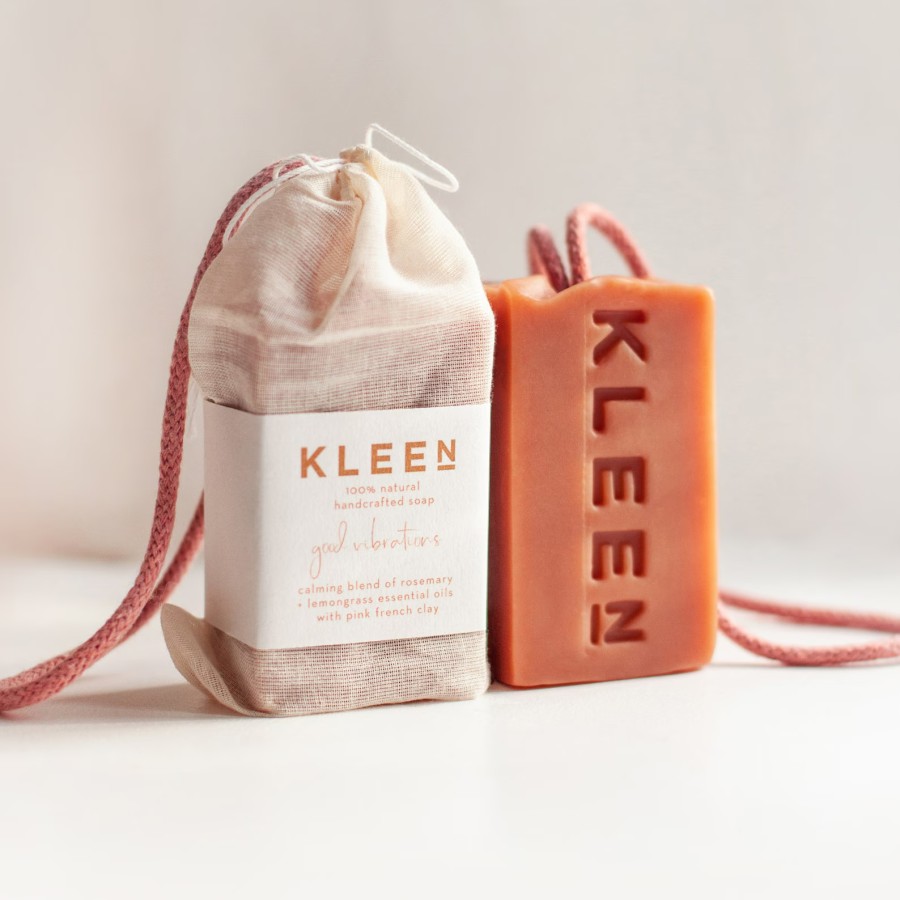
Years ago, if something broke, you repaired it. Today if something breaks, most items get trashed often due to not being repairable, or people don’t have the skills to mend them. How to Repair Everything is a good book that has an extensive table of contents – just look up what you need to repair – from sticky doors to broken straps, leaky washing machines and broken shoe heels.
Leave big jobs to the experts – safer and won’t invalidate your insurance. If repairing items yourself, keep glue (even natural versions) away from children and pets (this includes homemade flour-water glue, as it can expand in the stomach).
I was given a kettle, which now leaks. I could mend it. If only I could tighten the base. But one of the screws has a star-shaped slot with a spike in the middle, which is designed to prevent repairs, as no available tool will fit it. So I will throw it away, and help to build an earthly paradise, by buying a new one. George Monbiot
what is the Right to Repair Act?
The 2021 Right to Repair Act was designed to force companies that make washing machines, fridge/freezers, dishwashers and televisions to make repair information and spare parts available, to stop the 300,000 tons of electrical waste being thrown out by households and business each year. Before this, many companies glued parts in, so you couldn’t repair them.
However, the government has excluded phones and laptops from the act, so due to consumer pressure, some companies now offer repair kits (but so expensive, they are not really worth buying). It helps to buy a more sustainable smartphone (designed to last years, with repair services as standard). In Norway, a one-man repair shop lost a 3-year battle with Apple (despite local people funding his court bills) after he repaired their goods ‘without permission’ nor using official parts. The new UK law still lets makers charge for spare parts (and has not removed VAT for professional repairs).
So in many cases, it still costs more to repair goods than to buy new (which many people cannot afford). The new law also bans some volunteer-run repair cafes from access to professional repair manuals. And all this in a country that produces more e-waste per person in the world, bar Norway. Recently Apple signed up to the California Right to Repair Act. But reviewers note the new iPhone only has four components that can be replaced without impacting function. iFixit found iPhone 15 ‘riddled with software locks’ if parts were not replaced with Apple-purchased parts.
how to start your own repair cafe
The Repair Revolution is an inspiring read by a woman who set up a New York repair cafe that fixes lamps to cleaners, clocks to chairs, clothing to dolls and even sharpens tools. Their website says ‘Most items get fixed – but even when they don’t, we have a good time trying!’ Although you should throw out dodgy Christmas lights etc, repair cafes are great repair most items. Some staff are paid (a good honest way to make a living) and others are run by volunteers.
You can set one up with the low-cost starter kit at Repair Cafe International. Use the unique code to order a Repair Café toolkit and find tips to repair clocks to furniture. In London, The Restart Project runs ‘repair parties’ (fixes tablets to toasters and iPhones to headphones). Lewes Repair Cafe has volunteers who can mend zips to bicycles, china to garden tools. You even get tea and cake!
heat-activated mending sticks

Fixits are innovative heat-activated sticks made from nontoxic bioplastics that bond around small fibres, which melt in water, then harden when cool to mechanically bond to form a strong grip. Ideal to mend tire punctures, broken wheel spokes, broken straps to cables, the reusable glue dots (also made from compostable bio-plastic) stick to non-porous surfaces (wood, metal, plastic, concrete, tiles, glass) and can also be used to fix rugs. Just peel and push into place. After removal, wash with warm soapy water, dry and use again. Avoid on painted/wallpaperd surfaces.
Keep FixIt sticks away from children and pets. Do not use on electrical cables above 24 volts, nor where temperature will cause them to soften again (exposing live wiring). Do not repair consumer electronics, when connected to a live electricity supply.
where to find zero waste vegan glue

Keep all glue (even natural versions) away from children and pets (MDI-based and Gorilla glues can be fatal if ingested). One dog almost died after chewing a ‘glossy leaflet’ (made with glue), so use a letterbox guard to help prevent accidents.
Animal collagen is still used in some glues, so look for versions made from tree sap and natural rubber. Conventional glues don’t biodegrade (eco protestors were recently criticised, when they stuck themselves to the road with superglue).
OkoNorm Eco Paper Glue is made from starch-based plant-based ingredients. It’s water-soluble and good for paper, cardboard and fibrous materials. Odourless and transparent. For DIY jobs, Auro makes adhesive from latex milk and natural resins to bond bond lino, cork, textiles, carpet and ceramic tiles. Apply with the spatula, or use to glue carpet backing. Wash tools after use, and dispose of according to instructions. Not for wet room floors (kitchens, bathrooms).
TerraCycle runs a program where for around £100 (everyone can pitch in), your community can drop off empty/unused craft glues and packaging, to send off using the pre-paid shipping label to be made into other items. It’s a one-off amnesty to get rid of toxic glue sticks in your town. Although some of their recycling programs are free (sponsored by industry) this one isn’t, so the charge covers the cost of recycling ‘items that can’t be recycled’.





